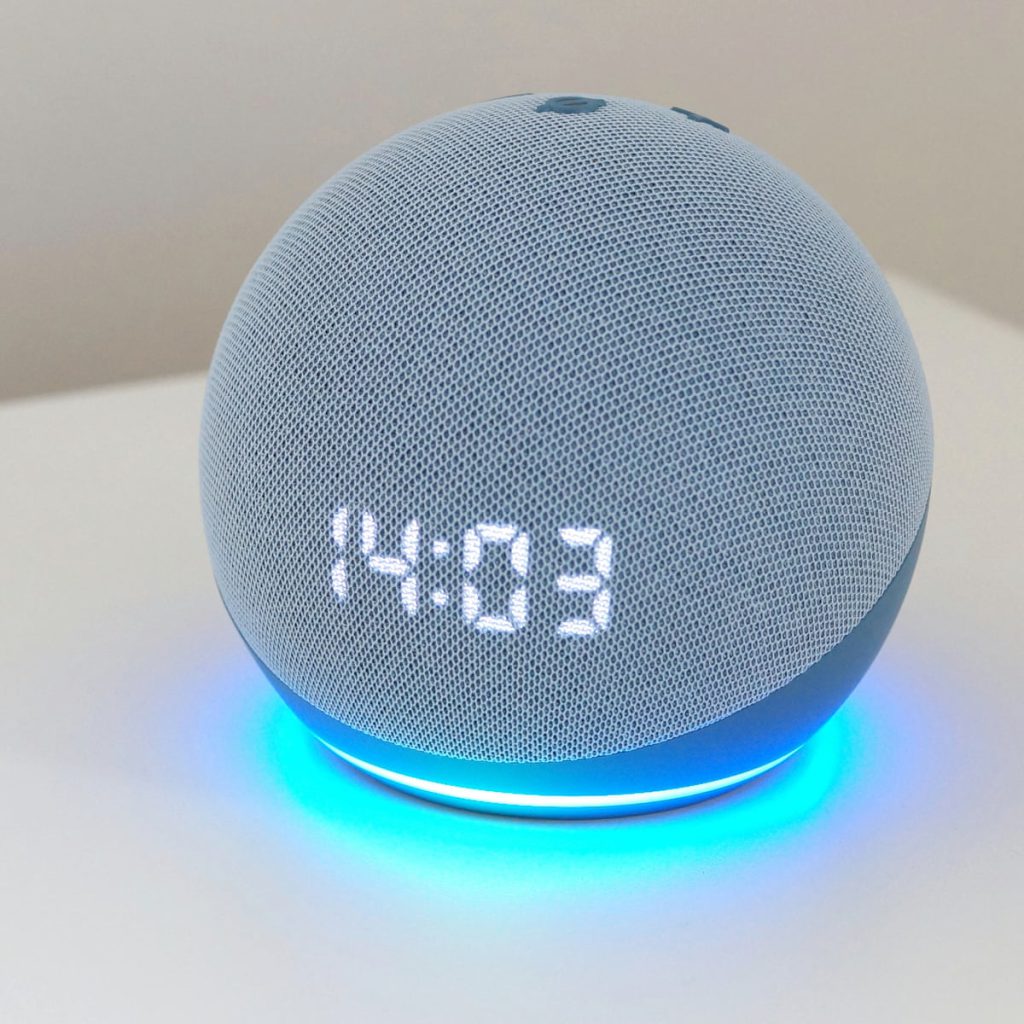Add Luxury to your Vacation Home & Value to your Income Property
Your vacation home should be just that, a vacation. It’s a restful sanctuary free from headaches, unnecessary chores and stress. This is where an automated home can shine, literally. You may be imagining your lakefront home with automated control of your lights, shades and water features. Or perhaps your mountain retreat with outdoor audio, a weatherproof LCD and remote control of your fire feature. These features add enjoyment and value to your property. But when you’ve made your Friday afternoon escape and pull into the drive, the last thing you want is a surprise such as a burst water heater, an A/C that’s been left on or, worse, evidence of a break-in. From basic security features and keyless entries to more sophisticated occupancy and water sensors, your home can alert you should something go amiss. If a pipe bursts you can react immediately and get a service technician on the property, hours before you may be able to arrive. You can grant him access and have the repair performed before long-term damage can occur. As a rental property, there is a tremendous perception of luxury and value in automation. Easy navigation of the home’s unfamiliar entertainment system, for example, will increase their overall “experience” and enjoyment. And they’ll appreciate the added security, particularly in remote areas. You’ll appreciate that you can remotely mange your guest network, controlling which devices are allowed to be controlled, as well as the ability to turn off the A/C or heat when a door is left open. Upon your guests’ check-out, you can remotely assess the home’s condition, ensure the lights are off, the shades are closed, the appliances are as they should be, the thermostat is set and the gate is latched. When you’re ready to plan your perfect vacation get-away home, give us a call, even if it’s out of our area. We can help design your luxury system and work with a trusted network of integration partners to make sure you’ll receive the service you’ve come to expect from us.







